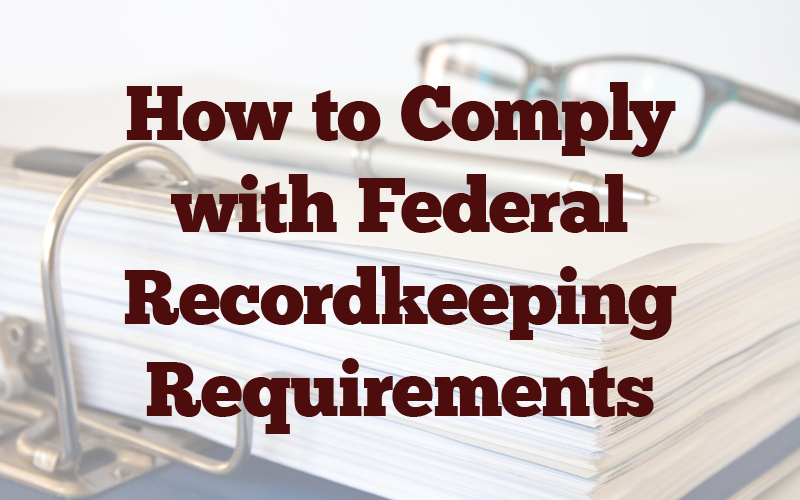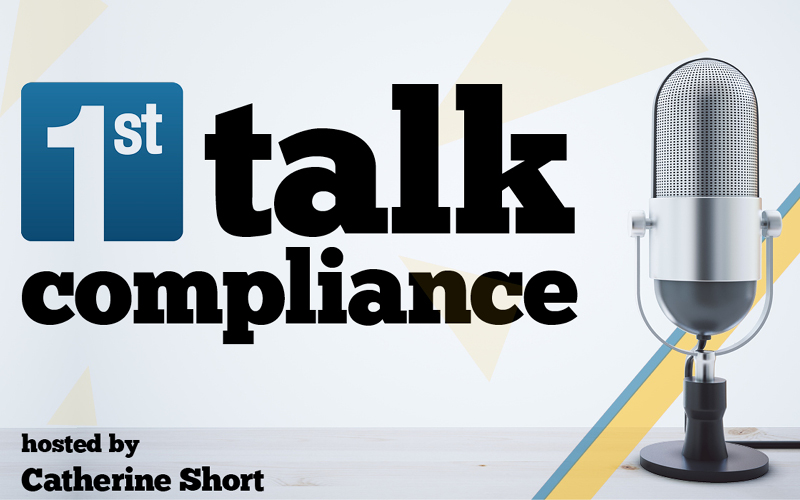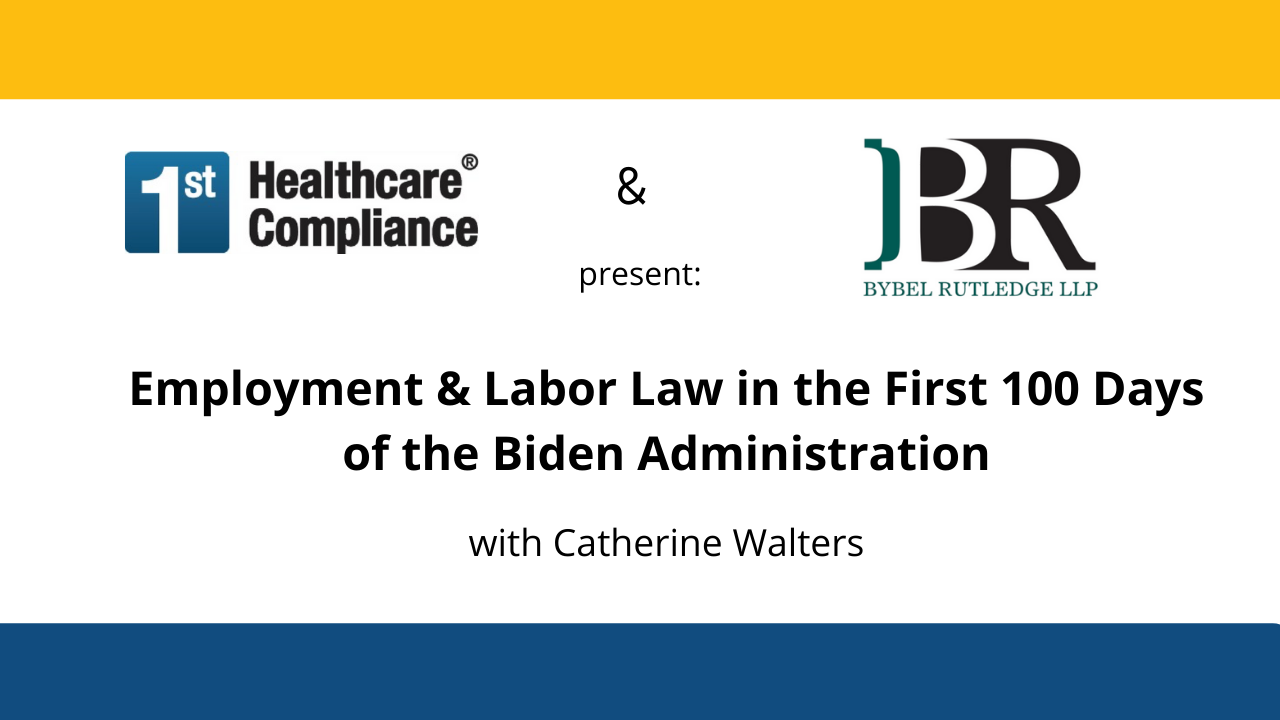How to Comply with Federal Recordkeeping Requirements
Healthcare providers have enough documentation to keep track of when it comes to patients and their medical records. But retaining employment related documents is equally important. There are various laws that govern recordkeeping. To complicate matters retention periods are not uniform and vary depending on the type of document. Use the following table to navigate through the recordkeeping requirements under the most common federal laws.
| Employment Document | Retention Period | Law |
|---|---|---|
| Hiring records, including job applications, job advertisements/openings, resumes, failure to hire, employment tests, promotions, training programs, overtime work opportunities | 1 year from the date of the personnel action | Age Discrimination in Employment Act (ADEA) |
| Employee benefit plans, including pension and insurance plans, seniority and merit systems and merit systems | For the full period the plan or system is in effect, and for at least 1 year after its termination | ADEA |
| Payroll or other records containing name, address, date of birth, occupation, rate of pay, and weekly compensation | 3 years | ADEA; Fair Labor Standards Act (FLSA) |
| Personnel/employment records, including requests for reasonable accommodation, job applications, hiring, promotion, demotion, transfer, lay-off or termination, rates of pay or other terms of compensation, and selection for training or apprenticeship) |
1 year; if employee is involuntarily terminated, 1 year from date of termination. | Title VII of the Civil Rights Act (Title VII); Americans with Disabilities Act (ADA); Genetic Information Nondiscrimination Act (GINA) |
| Form 1-9, Employment Eligibility Verification | 3 years after the date of hire or 1 year after termination, whichever is later | Immigration Reform and Control Act |
| Basic employment and earnings records (time cards, wage rate tables, work and time schedules, and records of additions to or deductions from wages) | 2 years | FLSA |
| Any records relating to payment of wages, wage rates, job evaluations, job descriptions, merit or seniority systems, collective bargaining agreements, description of practices or other matters which describe or explain the basis for payment of any wage differential to employees of the opposite sex in the same establishment | 2 years | Equal Pay Act |
| Leave records, dates/hours of FMLA leave, notices, leave policies, records of any dispute regarding leave | 3 years | Family and Medical Leave Act
(Employers with 50 or more employees) |
| OSHA 300 Log, privacy case list (if any), annual summary, and OSHA 301 Incident Report forms | Five years following the end of the calendar year that these records cover | Occupational Safety and Health Act (OSHA) |
| Employee medical records; excludes a) health insurance claims records; b) first-aid records made onsite by a non-physician of one-time treatment and later observations that did not involve medical treatment; c) medical records of employees who have worked for less than 1 year if they are provided to the employee at end of employment | Duration of employment plus 30 years | OSHA |
| Employee exposure records | 30 years | OSHA |
State and local laws may also apply, which are not addressed here.
For more information on employment laws that impact your organization, view our online courses on Employee Handbooks and The Family and Medical Leave Act.






